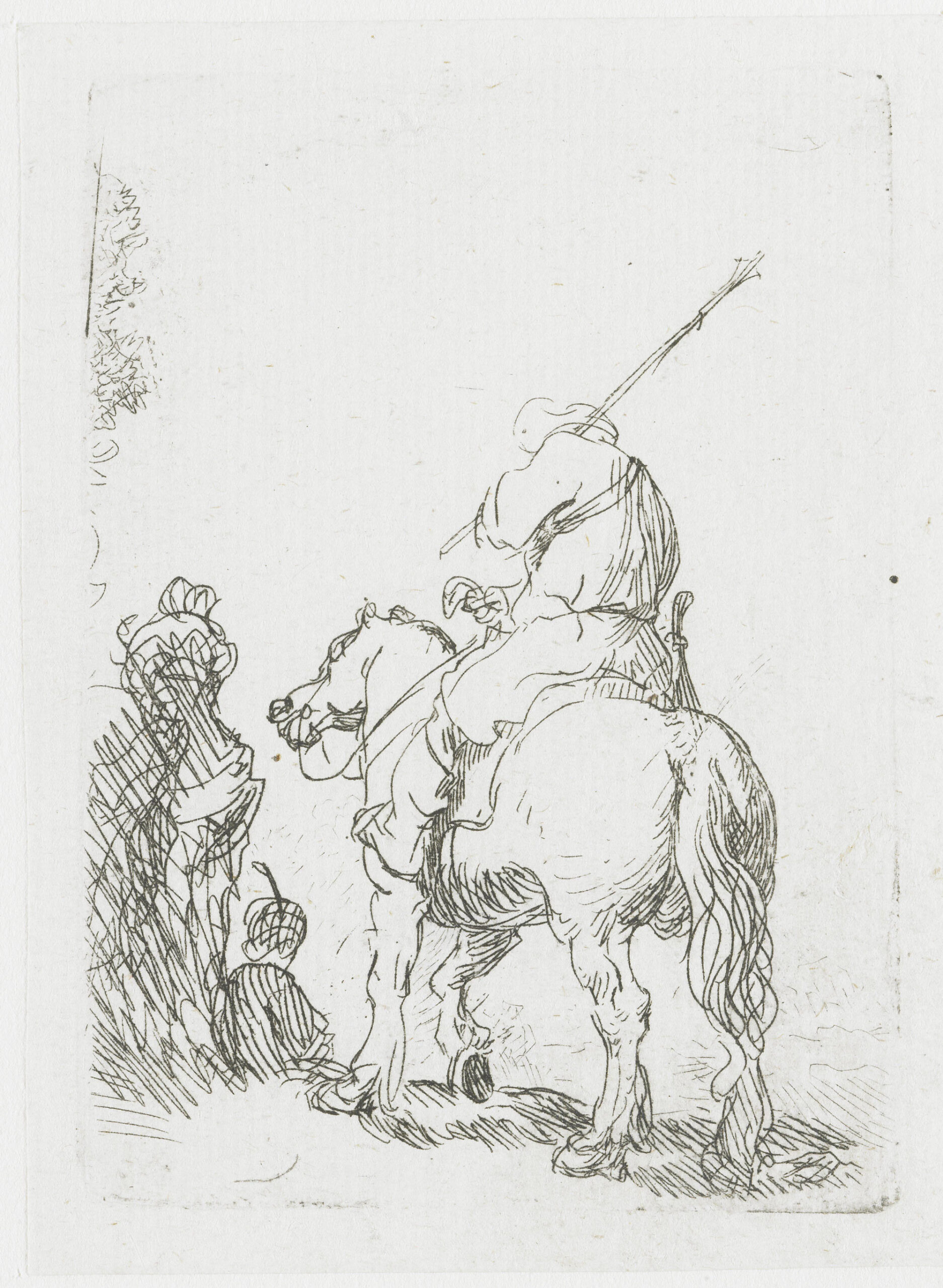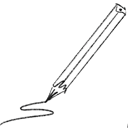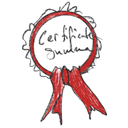Work with crossing lines
Rule 3
Workload
Intersecting lines help to visually narrow down the right line.
Artists always work with more than one line in their search for form, because these false lines, which may be fine at the beginning, help to guide you to your own imagination
Watch the film to learn about the third rule.
Script
Hello, happy sketching!
Why do we work with crossing lines?
Crossing lines help to visually narrow down the correct line.
Again I have here the sketch of Rembrandt’s rider.
We have already sketched it in the second rule with the bundle of strokes. If the lines run in bundles, they should not run parallel, because parallel lines capture an object in its form.
They parallelise, they paralyse literally.
But how do you guide the lines in bundles?
Well, that is actually very simple. The individual lines in the bundle will and should even cross each other. But what is it about the intersecting lines?
Crossing lines condense the form . This means that lines should always cross where the form is best. This is perhaps not a rational process during sketching. We have long since been trained for the crosses. In geometry the cross says: here is point x. So it is a visual convention.
With the crossing lines, the form is made more precise during the process of creation.
Through the crossing a fixed reference point is given, which guides the eye. In this way, the viewer is given concise information from two or more discrete pieces of information.
The third rule can thus be applied at the point of the sketch’s creation process, when we slowly approach the end, wondering if we can recognize and understand what is there.
Then a deliberately placed line that crosses with another approximately set line at the best point can be a great precision.
Happy sketching!
You can see it very well on the left side of the horse’s body, the draftsman narrowed down the shape of the horse with crossing lines. Parallel lines are for surfaces, but not only for shapes.
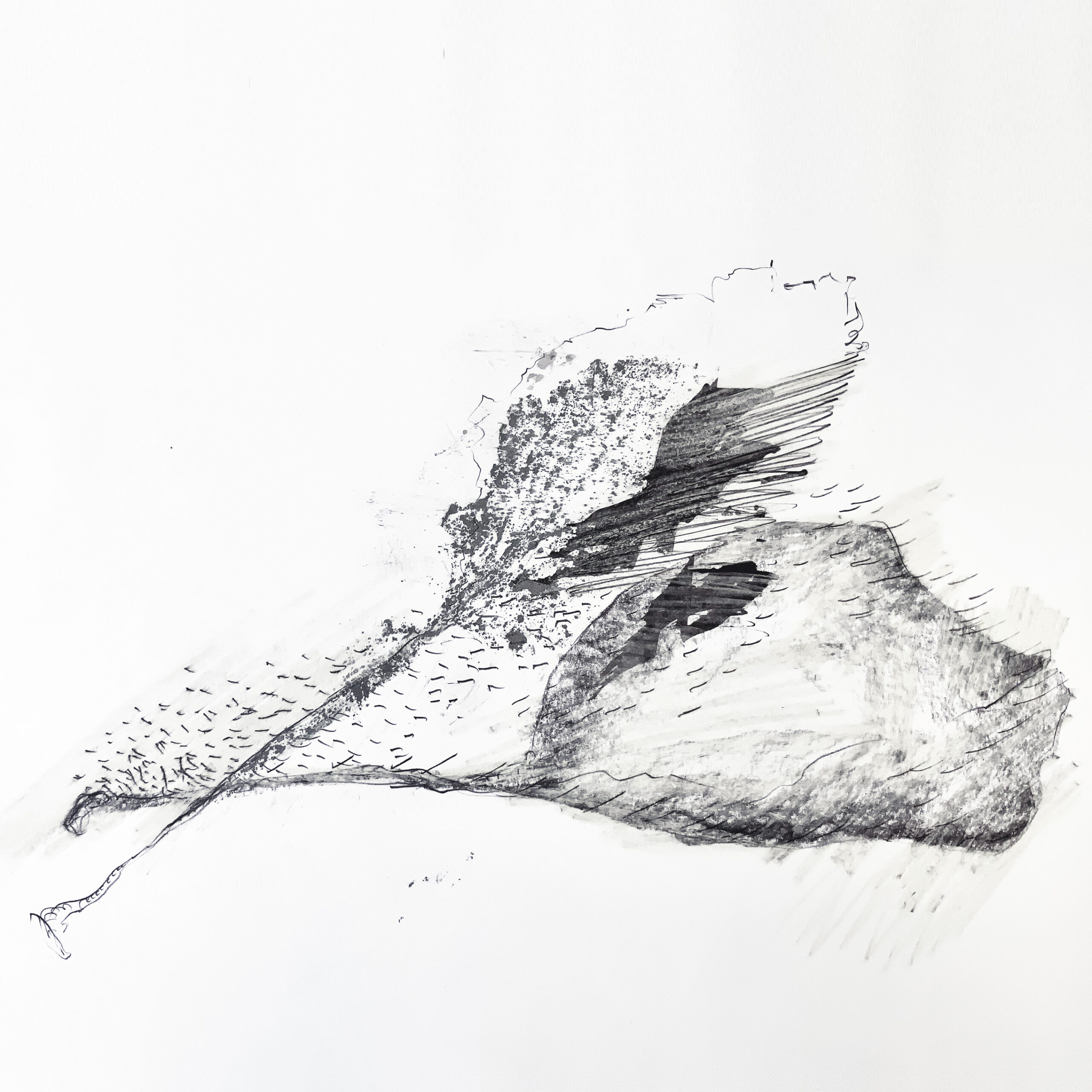
Play around with different crossing lines. Use plant leaves for inspiration.
Why do we work with crossing lines?
Intersecting lines condense the form and make it more precise, binding the viewer to the form. As a result of this creational process, the form of the object will become clear. By crossing, a fixed reference point is given, which directs the eye. In this way, the viewer creates one single image out of several details and forms one concise sketch.
Go to the Rijksmuseum Amsterdam
Study with laying horse, George Hendrik Breitner, 1881 – 1883
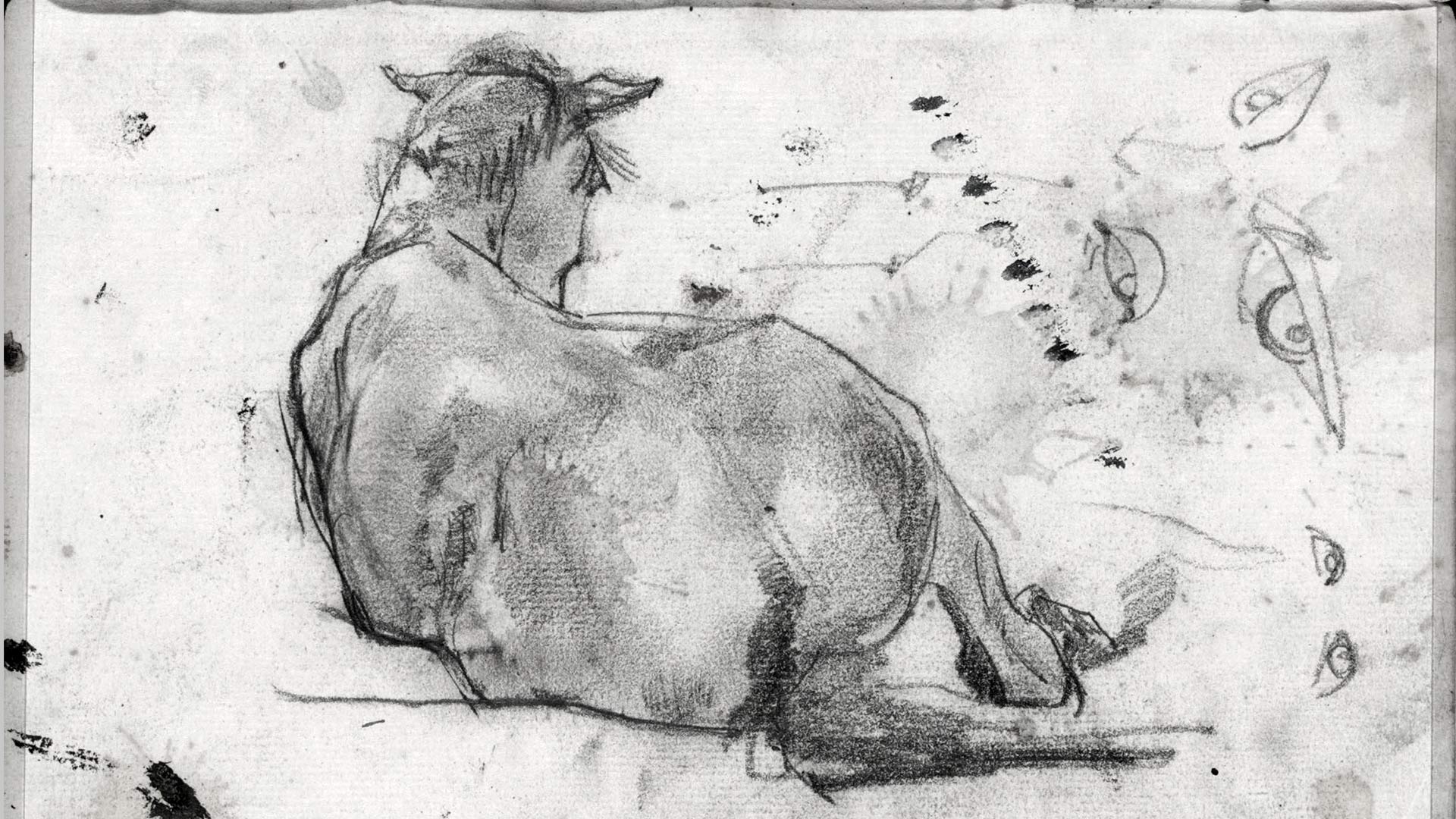
Free trial
Try one lesson and decide if you want to do the whole course. Click for the free trial ...
Certificate
If you want to achieve a certificate that proves your sketching skills, get all your information here ...

